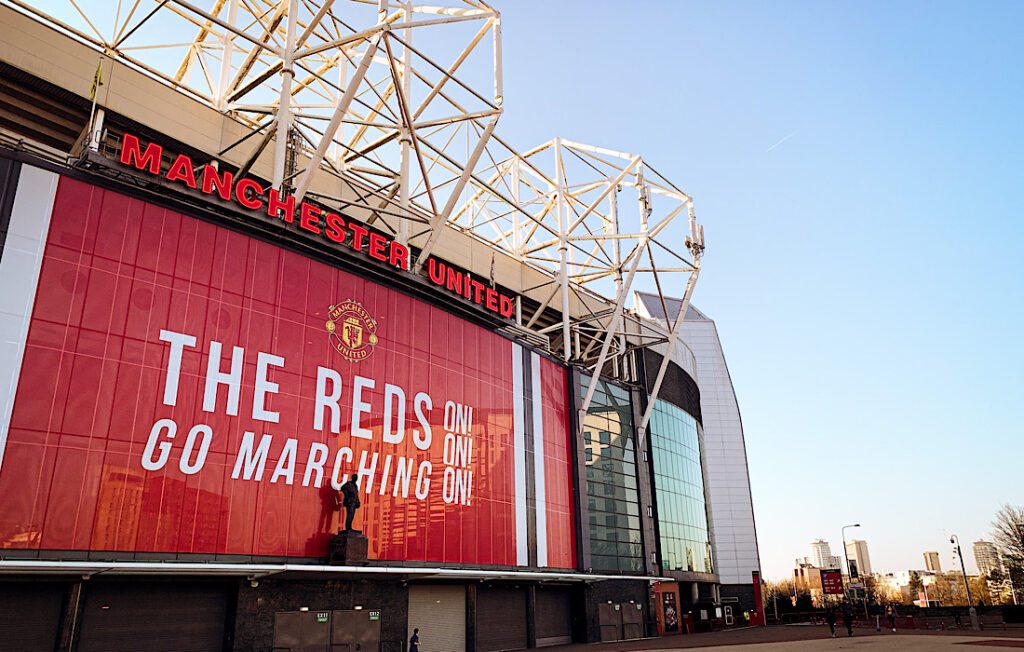A Brief History of the Rivalry between Manchester United and Manchester City
Manchester United and Manchester City are two of the biggest football clubs in England, and their rivalry is one of the most intense and storied in the history of the sport. The rivalry between the two clubs can be traced back to the late 19th century, and it has evolved over the years, fueled by their close proximity, shared city, and contrasting histories and values.
The rivalry began when City was formed in 1880 as St. Mark’s (West Gorton) before becoming Ardwick Association Football Club in 1887. As the team gained popularity and success, it attracted the attention of the local working-class population, contrasting with Manchester United’s origins as Newton Heath LYR Football Club, which had stronger links to the railway workers and trade unions. This difference in support base laid the foundation for an intense rivalry that transcends footballing results.
The first competitive meeting between the two clubs took place in 1891 when they competed in the Football Alliance, which was a forerunner to the Football League. City emerged victorious with a 5-1 win, but their encounters became more infrequent as United suffered relegation to the Second Division. However, in 1906, when United returned to the top-flight, tensions escalated further when they signed Billy Meredith, one of the most talented and revered players of the era, from City.
In the early years, United enjoyed considerably more success than City, which only intensified the rivalry. The contrasting fortunes of the two clubs resulted in United gaining a larger fanbase, having won multiple league titles and their first FA Cup by 1909. Meanwhile, City toiled in United’s shadow, experiencing relegations and financial difficulties.
During the 1960s and 1970s, further fuel was added to the fire as both clubs competed for success in domestic and European competitions. United, under the management of Sir Matt Busby, became the first English club to win the European Cup in 1968, just 10 years after the Munich air disaster brought tragedy to the club. Meanwhile, City clinched their first-ever league title in 1968, and both teams battled for supremacy in Manchester.
One of the standout moments in the rivalry’s history took place on April 27, 1974, when the two clubs met at Old Trafford on the final day of the season. United were chasing the title, while City were hoping to avoid relegation. City won 1-0, ensuring their survival, but as the final whistle blew, United’s Denis Law, a former City player, famously back-heeled the ball into the net, unintentionally sealing his former club’s fate in the process.
In more recent times, the rivalry has intensified with the increasing wealth and success of both clubs. City’s rise under the ownership of Sheikh Mansour has seen them establish themselves as a dominant force in English football, winning multiple league titles and competing at the highest level in the UEFA Champions League.
Manchester United, however, has a more illustrious history overall, having won a record 20 league titles and numerous other domestic and international trophies. This contrast in success and the challenge to Manchester United’s reign as the most successful club in the city has further stoked the flames of the rivalry.
Ultimately, the rivalry between Manchester United and Manchester City is more than just a footballing rivalry. It represents the contrasting social and cultural identities of the two halves of Manchester. United, often referred to as the “Red Devils,” symbolizes the working-class roots and defiance, while City, known as the “Sky Blues,” represents the rising aspirations and wealth of the city.
The rivalry is fueled by passion, history, and a genuine desire to outperform one another. It is a constant battle for supremacy in their shared city. The Manchester Derby, as the matches between the two clubs are known, continues to captivate football fans around the world, making it one of the most iconic matches in the beautiful game.
